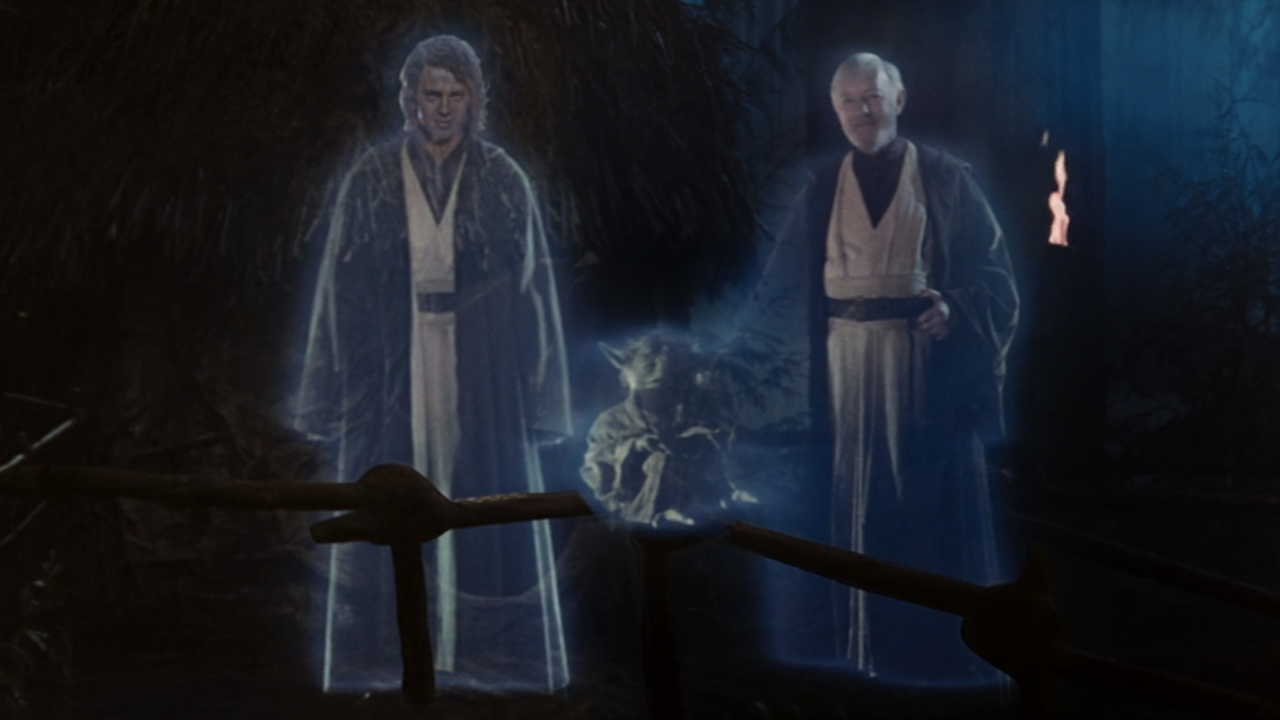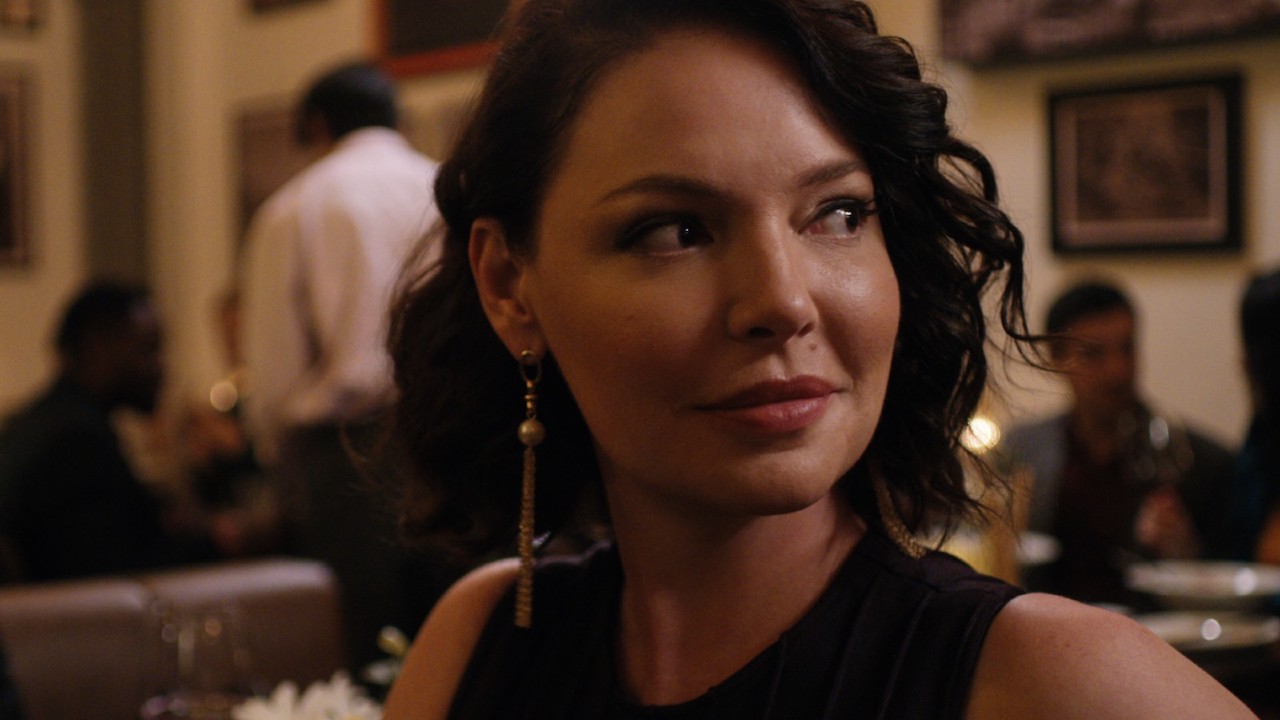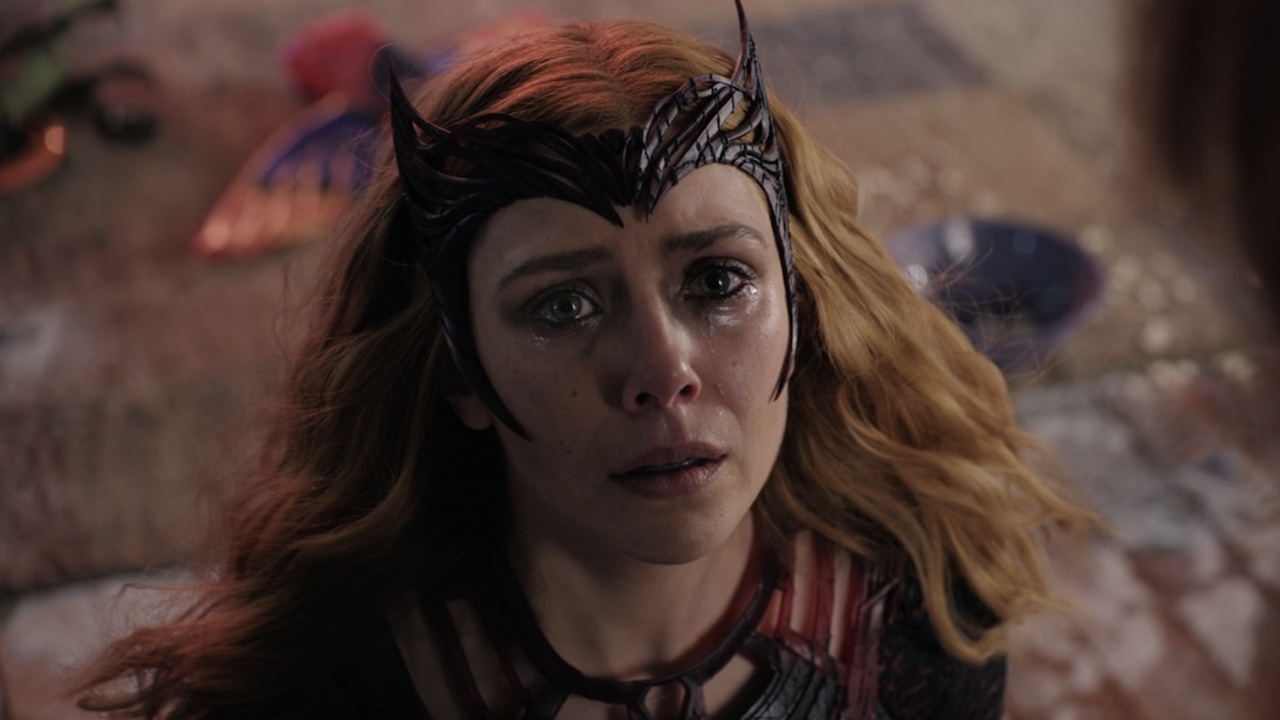What’s Most Difficult About Playing A Doctor On Grey's Anatomy, According To Chandra Wilson And Kim Raver

Television shows which feature actors giving us versions of characters who work in some very specialized careers are usually quite the norm. Pretty much everyone loves at least one show about lawyers, cops, or doctors, and, after 16 seasons, I think we can all safely say that lots of people love Grey's Anatomy. But, if you've ever wondered what the hardest part is about playing a doctor on the long-running series, actors Chandra Wilson and Kim Raver have answers for you.
Chandra Wilson has played Dr. Miranda Bailey for all of Grey's Anatomy's 363 episodes, and, while Kim Raver has considerably less time in scrubs under her belt with 122 episodes of the medical drama accounted for, both know a lot about what it takes to prepare for their roles as surgeons on the show. Wilson and Raver are also keenly aware of how difficult it is to keep all the appropriate medical things in mind when acting like doctors, and when they spoke with the real-life doctors of Netflix's reality show, Lenox Hill, for the streamer's YouTube page, they were asked about how they prepare, and Wilson shared one of the hardest parts of the job:
We, generally, come from a place of tremendous respect… We know what the instruments are, we know what the machines are and what they are supposed to do, so that we can react accordingly… We want to make sure that we’ve honored whatever field it is that we’re supposed to be displaying at that time.
One of the things that medical shows, especially, have really tried to do is have an emphasis on how things actually work in a hospital and in surgery when such details are shown on camera. The goal, of course, is to have the procedures, equipment used, potential complications and everything else on Grey's Anatomy be as realistic as possible, so that viewers can really get into the stories without wondering too much about the authenticity of what they've seen. And, as Chandra Wilson said, one of the things the actors have to worry about is making sure that they respect the real professions they're portraying.
A huge part of that process is learning the, often amazingly difficult, dialogue, but it also includes learning about all the tools used and how one would actually act while performing surgery at all. Later in their chat with the doctors from Lenox Hill, Wilson spoke about needing to learn how surgeons hold their bodies when they have to stand at an operating table for hours on end (which was especially helpful, because filming such scenes also takes several hours), including not holding the instruments as though she were eating a big meal at a tall table. The more you know, right?
Kim Raver is also very well-versed in the extensive prep work needed when playing one of Grey's Anatomy's skilled but lovelorn doctors, and said that they all have three very different things they have to express when doing their scenes. But, it all comes together with help from their former medical technician and current co-executive producer, Linda Klein:
I remember I felt like it was a ballet of my hands, which is a totally different language to learn, like a different language with the medical, and then infusing it with the story that we’re telling emotionally. So, there’s kind of three things going on simultaneously. So, to Chandra’s point of the respect, I know that we also have Linda, and it’s so important to her that it be passed down to us, how just with every detail that we get it right.
Kim Raver's use of the phrase "ballet of my hands" is probably the most poetic way I've ever heard learning how to pretend to perform surgery described, but it really helps to explain not only how hard this task is for the cast of Grey's Anatomy, but how much care they take in actually learning how to look like real surgeons. And, that's something that I'm sure the real doctors of Lenox Hill approve of.
All episodes of Lenox Hill Season 1 are available for viewing on Netflix, while you can catch Seasons 1 through 16 of Grey's Anatomy there, as well. Chandra Wilson and Kim Raver will return to the ABC drama when it comes back for Season 17 (hopefully this fall), but until then, be sure to see what you can watch on the small screen, right now!
CINEMABLEND NEWSLETTER
Your Daily Blend of Entertainment News

Covering The Witcher, Outlander, Virgin River, Sweet Magnolias and a slew of other streaming shows, Adrienne Jones is a Senior Content Producer at CinemaBlend, and started in the fall of 2015. In addition to writing and editing stories on a variety of different topics, she also spends her work days trying to find new ways to write about the many romantic entanglements that fictional characters find themselves in on TV shows. She graduated from Mizzou with a degree in Photojournalism.









